The Ministry of Education and Training has issued a circular on high school graduation exam regulations with many new points that have both positive and negative impacts on teaching and career guidance in high schools and middle schools.
REDUCING EXAM SUBJECTS, EXAM SESSIONS, AND NUMBER OF SUBJECT COMBINATIONS FOR UNIVERSITY ADMISSION
According to the 2025 exam regulations, the exam will be organized into 3 sessions, including: 1 session for literature, 1 session for math and 1 session for optional exams. Candidates will be arranged according to the optional exam combination to optimize the exam room and exam score. Thus, compared to previous years, the exam from 2025 will reduce 1 session and 2 subjects, thereby reducing pressure, reducing social costs but still ensuring quality.
However, reducing the number of subjects and only being able to choose from the subjects chosen to study, leads to a reduction in the number of university entrance exam combinations for students. For example, some students have chosen a combination of geography, economic and legal education, information technology, and technology to study. However, if they want to apply for university, if they choose history and geography, there are only 3 combinations: literature - history - geography, math - literature - history, math - literature - geography. Of which, the latter 2 combinations are used by very few universities. Some students choose subjects including physics, chemistry, biology, and information technology, the learning process is very heavy; but when taking the exam, if they choose 2 subjects: physics and chemistry, they can only be considered for admission to 2 blocks A00 and A01, they cannot be considered for admission to blocks A00, B00 as before.
GRADUATE REPORT GRADUATE MARKS UP TO 50%: CAREER GUIDANCE NEEDS TO BE DONE EARLY FROM MIDDLE SCHOOL
Increasing the number of transcripts used in the graduation assessment to 50% and using both the average scores of grades 10 and 11, instead of only using grade 12 as a new score. This has a positive impact on evaluating high school graduates more comprehensively, combining process assessment and final assessment.
Calculating the average score of high school transcripts using the average of grade 10 and grade 11 transcripts, with less weight, requires students to study well right from grade 10. If students want to achieve high academic results, first of all, during the admission process, high school teachers need to advise students on choosing a subject combination that suits their abilities and career orientation. At the same time, the school must develop a good school plan to organize teaching, testing, and evaluating the development of qualities and abilities to meet the requirements of the new program. This is considered a new positive point, different from the previous 50%.
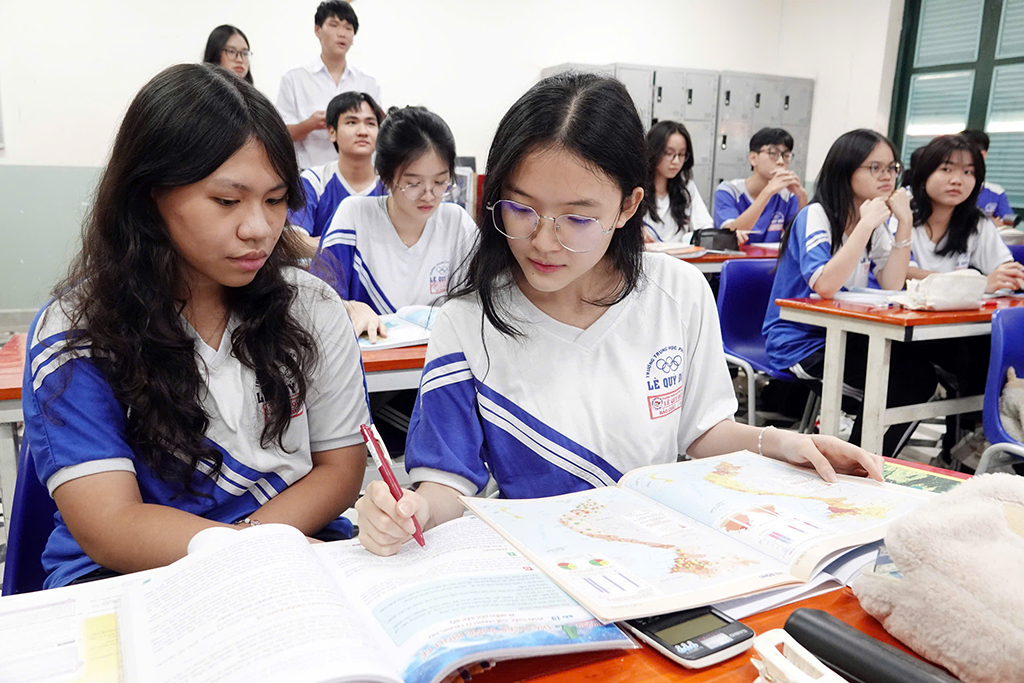
Grade 12 students will take the 2025 high school graduation exam with many innovations.
PHOTO: DAO NGOC THACH
However, this requires secondary schools to do well two important tasks: Ensure adequate teaching and learning conditions so that students have the opportunity to study and experience many different subjects, thereby discovering their own abilities and interests in which fields. Implement effective career education , learn and approach careers early, help students understand themselves and know how to choose a career, and at the same time help students determine their development path between two forks: study in high school and then continue to college or university, or participate in vocational training right after graduating from secondary school.
REDUCE GRADUATION EXAM PRESSURE, RISK OF INCREASING GRADE 12 REPORT SCORES
Increasing the ratio of academic transcript scores to 50% helps TS reduce pressure in the high school graduation exam, students with average academic performance can also graduate if they try hard. Students with good academic results will be assured about graduation, so they can choose subjects according to their career orientation. This is also an opportunity for the proportion of students choosing natural science and technology subjects to increase, gradually meeting the demand for human resources.
Reducing the pressure on graduation targets will facilitate the Ministry of Education and Training to develop differentiated exams to serve university and college admissions. It is expected that the graduation exam will have 3 levels of competency assessment: knowledge, understanding and application, corresponding to a ratio of 4-3-3. 70% of the questions at the knowledge and understanding levels will help students have an easier chance of graduating from high school, while 30% of the application questions will aim to differentiate good and excellent students for university admissions.
However, according to some education experts, increasing the academic score by 50% will lead to negative impacts, which is the risk of increasing the 12th grade academic score. Along with that, not adding incentive points for IT certificates, foreign languages, vocational certificates/diplomas for students in the GDTX system will have a positive impact on students' learning, but will also affect the increase in 12th grade GDTX scores.
Some education experts say that increasing academic scores has also happened in previous years, when academic scores accounted for 50% of the 2015-2019 period.

According to the 2025 exam regulations, the high school graduation exam will be organized into 3 sessions, including: 1 literature exam session, 1 math exam session and 1 optional exam session.
SOLUTIONS TO LIMIT NEGATIVES
To promote positive impacts and limit negative impacts on new points of the 2025 high school graduation exam regulations, synchronous solutions are needed.
First of all, schools, students, parents and society need to fully realize that all changes in exam regulations are aimed at improving the quality of teaching and learning, ensuring fairer, more objective and accurate exams, but at the same time, negative issues also arise, which need to be recognized to minimize.
Next, the Ministry of Education and Training continues to compare the results of high school graduation exams between localities, especially comparing the difference between the average grade point average and the average exam score of localities nationwide. The Departments of Education and Training, high schools and vocational training centers strictly implement the policy of "Real learning, real exams and real quality".
Improving the quality of secondary education not only meets the requirements of comprehensive, general, and fundamental education for all subjects, but also improves the quality of career education for secondary school students, considering this an important solution to improve the quality of high school entrance.
Training career guidance teachers and training to improve career counseling capacity for secondary and high school teachers. Departments of Education and Training need to carry out digital transformation in career guidance education to reduce regional gaps.
Source: https://thanhnien.vn/doi-moi-thi-tot-nghiep-thpt-tac-dong-den-day-hoc-huong-nghiep-185250106214410067.htm



![[Photo] Hue: Inside the kitchen that donates thousands of meals a day to people in flooded areas](https://vphoto.vietnam.vn/thumb/1200x675/vietnam/resource/IMAGE/2025/10/29/1761738508516_bepcomhue-jpg.webp)

![[Photo] Prime Minister Pham Minh Chinh chaired a meeting to evaluate the operation of the two-level local government model.](https://vphoto.vietnam.vn/thumb/1200x675/vietnam/resource/IMAGE/2025/10/29/1761751710674_dsc-7999-jpg.webp)

![[Photo] Prime Minister Pham Minh Chinh chaired a meeting to discuss solutions to overcome the consequences of floods in the central provinces.](https://vphoto.vietnam.vn/thumb/1200x675/vietnam/resource/IMAGE/2025/10/29/1761716305524_dsc-7735-jpg.webp)


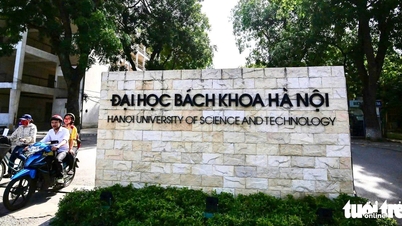






















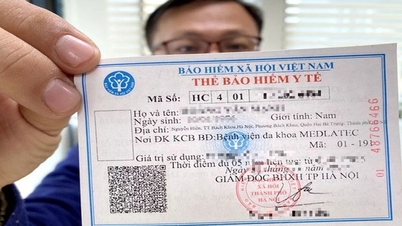
















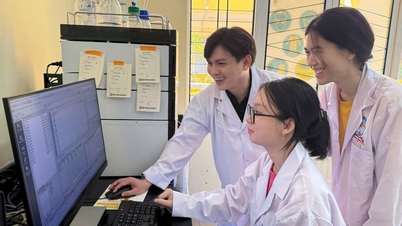





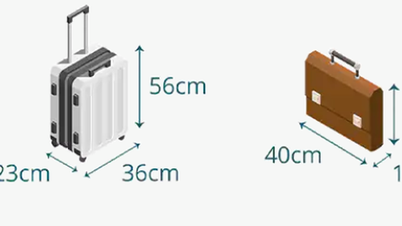




















![[Live] Concert Ha Long 2025: "Heritage Spirit - Brightening the Future"](https://vphoto.vietnam.vn/thumb/402x226/vietnam/resource/IMAGE/2025/10/29/1761743605124_g-anh-sang-am-thanh-hoanh-trang-cua-chuong-trinh-mang-den-trai-nghiem-dang-nho-cho-du-khach-22450328-17617424836781829598445-93-0-733-1024-crop-1761742492749383512980.jpeg)

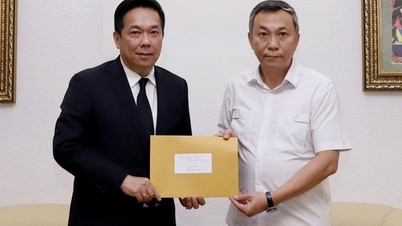




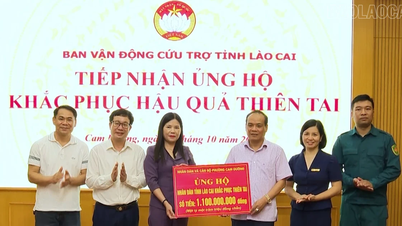

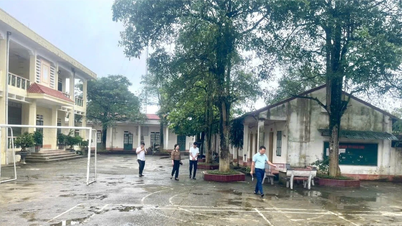




















Comment (0)